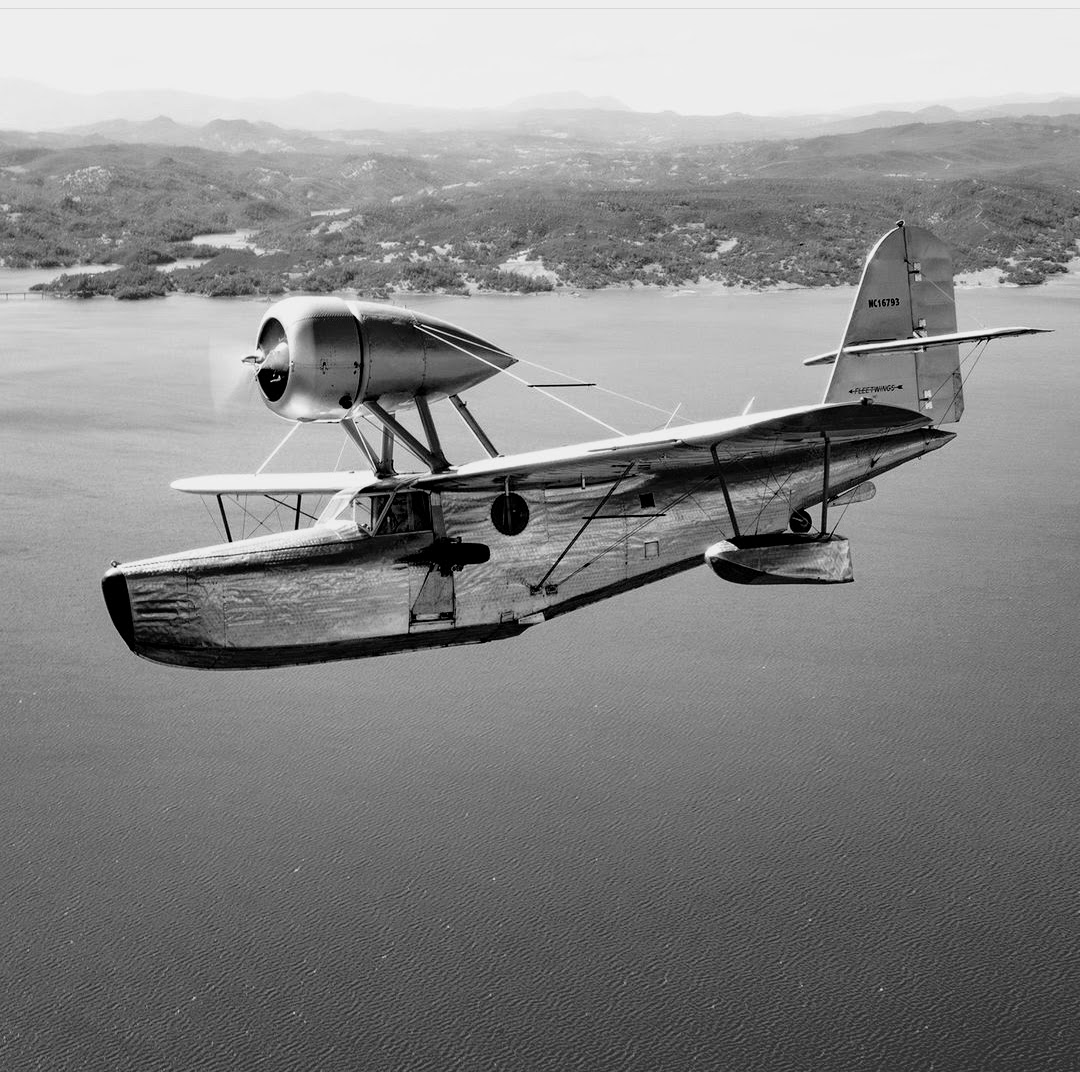The Blohm & Voss BV 238 was a German flying boat built during World War II. It was the heaviest aircraft ever built when it first flew in 1944, and was the largest aircraft produced by any of the Axis powers during World War II.
The German Blohm & Voss BV 222 Wiking (German for “Viking”) was the largest seaplane to achieve operational status during the Second World War. During its time in combat, it was notable as the largest aircraft in the war to get a kill against an enemy plane, but it also was the largest aircraft to be gunned down during the war.


















































.jpg)